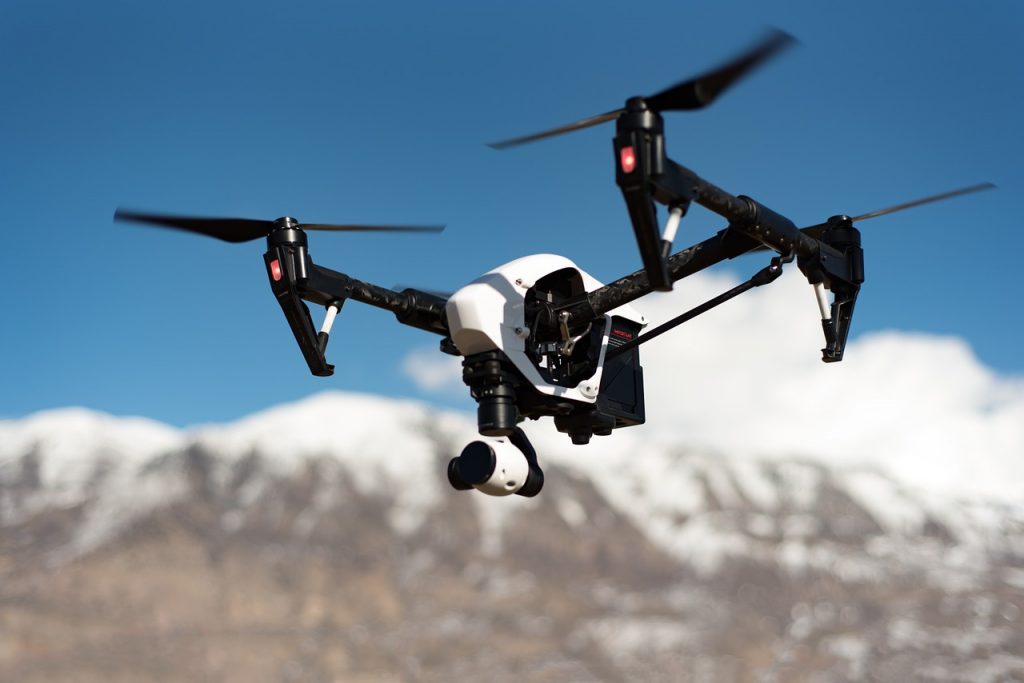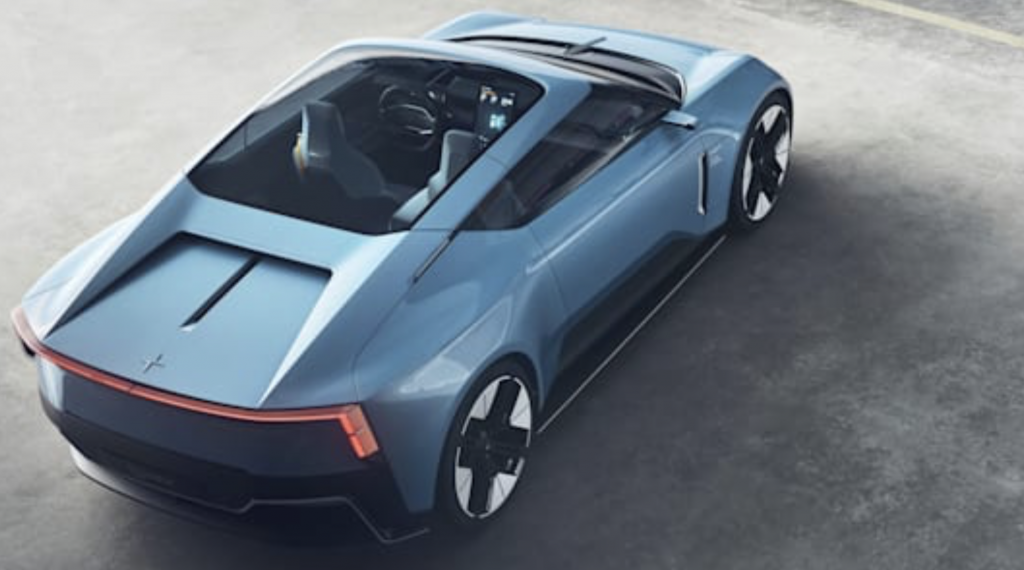One Electric Car Company Is Equipping Its Vehicles With Drones
One electric car company is revolutionizing the industry even further by equipping one model with a drone.
This article is more than 2 years old

Polestar is an auto brand that specializes in electric car performance. The company is dedicated to making the world a better place by using innovation to improve society. One of the company’s vehicles, Polestar 2, is already in production. Both the Polestar 3 and 4 are in the works as well but haven’t hit production lines yet. The company’s Precept concept is rumored to become the Polestar 5 sometime in 2024. Recently, the company unveiled its most recent electric car idea, the Polestar O2 convertible concept. The Polestar O2 will supposedly be built using a “bespoke” bonded aluminum unibody platform, which is the same platform the Polestar 5 is built on and feature an accompanying drone.
Its appearance will closely resemble the Precept concept design, which highlights just how evolutionary the design language is that Polestar uses. Additionally, there’s nothing wrong with wondering how the Polestar convertible EV will work, especially given that customary convertibles are often cumbersome. Convertibles usually have thicker, heavier frames to compensate for the lost structural strength that occurs by having a removable roof. Polestar says to create the car, it will have to include unique design features like integrated ducts that streamline airflow over the wheels as well as the sides of the car body. To increase a vehicle’s range, rear lights can be used to reduce turbulence. How? By designing the car so that the rear lights operate like air blades.
One of the most notable features of the new Polestar will be an integrated cinematography drone, allowing drivers to be able to capture their top-down excursions. This autonomous camera drone, developed in partnership with Hoco Flow, conceptually flies in a zone of negative pressure created by an airfoil erected behind the back seats. Once the vehicle is parked, the drone may follow along at speeds of up to 56 mph. The acquired film caught by the drone can then be edited and shared from the central entertainment system.

Polestar is adamant about educating people on the benefits of EVs. When living in places that do not satisfy federal or state air quality regulations, this ultimately translates into a variety of negative health consequences, particularly for children and the elderly. This is why so many climate and health specialists recommend switching to EV alternatives. EVs produce zero tailpipe emissions in full-electric mode, significantly reducing smog and greenhouse gas emissions. Plus, cleaner automobiles result in cleaner air and improved health for Mother Nature and humans.
Polestar electric motors are made from fewer components than non-electric vehicles. They do not require oil changes, new spark plugs, or replacement fuel filters, either. It’s also worth noting that by using the electric motor to decelerate the car, regenerative braking improves the life of a car’s brake pads. This usually leads to fewer total maintenance expenses and more money in your pocket.
In California, charging an electric automobile costs about half as much as driving a normal gasoline car the same distance. The majority of electric car owners charge their vehicles overnight at home and wake up with a full charge. And thanks to the growing number of, workplace and public charging stations, EV car owners don’t have to worry much about running out of charge. EV and Polestar car owners can even use apps or internet maps to look for public charging stations.











